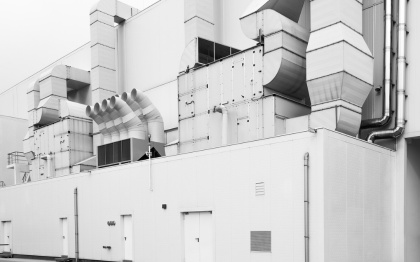A state-of-the-art system called demand control ventilation (DCV) transforms indoor air quality management in buildings while maximizing energy efficiency. This cutting-edge system makes sure that fresh air is supplied exactly when and where it is most required. Given the growing importance of sustainability in contemporary building design, DCV provides an advanced way to satisfy occupant comfort and environmental requirements.
The demand control ventilation principle
Carbon dioxide (CO2) levels, occupancy patterns, and occasionally additional contaminants are among the indicators of indoor air quality that it continuously analyses. DCV systems minimize energy use while optimizing air exchange rates by dynamically modifying ventilation rates in response to these conditions. Depending on the occupancy or air quality, traditional ventilation systems frequently work on static or fixed schedules. This approach differs from theirs.
Benefits
One of DCV's main advantages is its real-time adaptation of ventilation rates, which leads to significant energy savings over constant ventilation systems. Demand control ventilation may reduce heating, cooling, and fan energy consumption without sacrificing indoor air quality by cutting back on needless air exchange during times of low occupancy or when pollutant levels are within permissible bounds. This lowers overall carbon emissions, which not only lowers operating costs but also helps create a more sustainable built environment.
Demand control ventilation improves occupant comfort and well-being by guaranteeing a consistent flow of fresh air and reducing the possibility of indoor air pollutants reaching harmful levels. The best indoor air quality conditions for productivity, focus, and general health are maintained by DCV systems, which adjust ventilation rates to correspond with real occupancy and activity levels.
Demand control ventilation is a very attractive option for commercial buildings because occupancy patterns might change dramatically during the day. DCV systems may maximize energy efficiency and operating cost reductions while delivering excellent indoor air quality in places like offices, classrooms, and conference rooms by dynamically altering ventilation rates in response to fluctuating occupancy levels.
Conclusion
Demand control ventilation sticks out as an economical and environmentally responsible investment, especially as sustainability remains a major factor in building design and operation. DCV systems from ControlWorks Australia are a progressive method of ventilation that has the potential to influence building automation and indoor environmental quality management in the future.


No comments yet